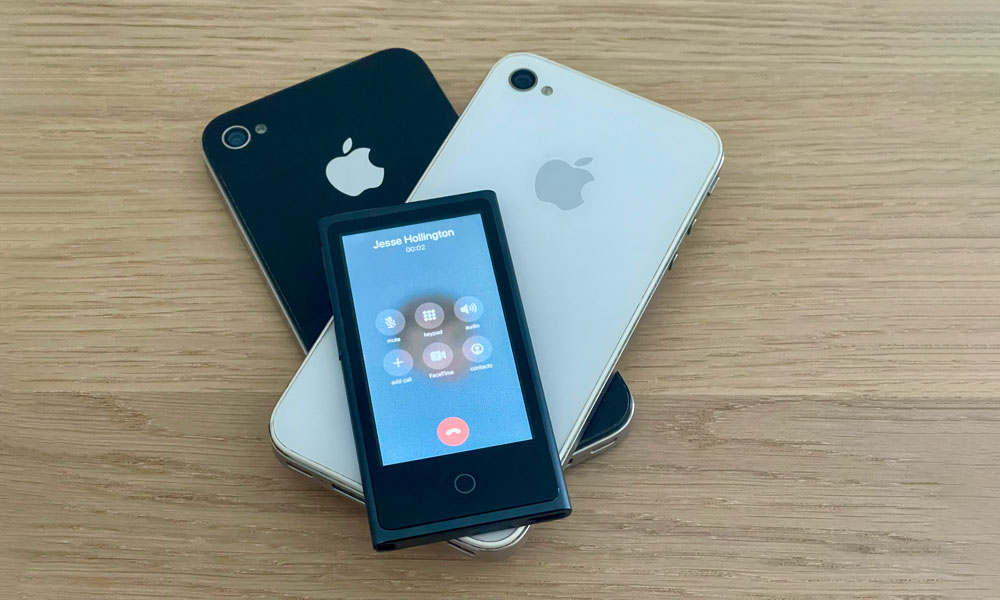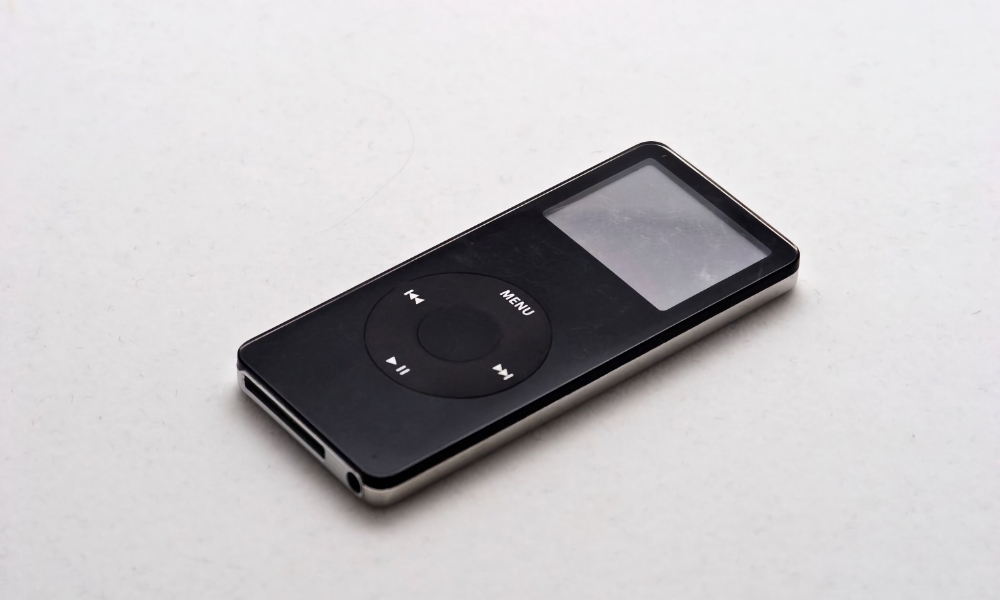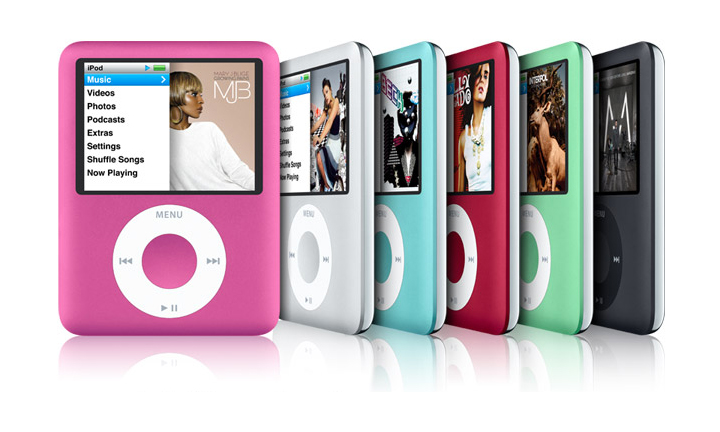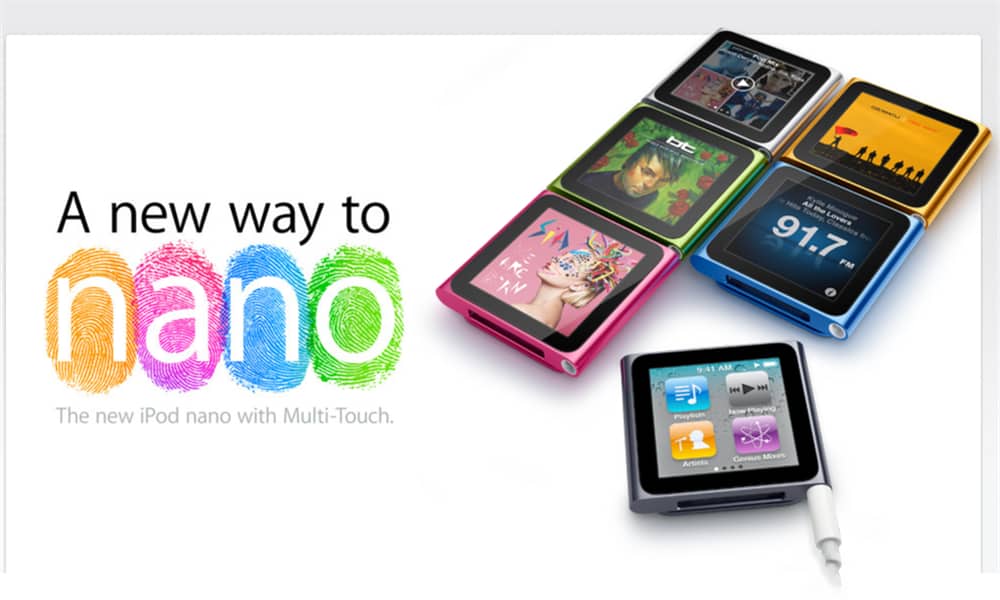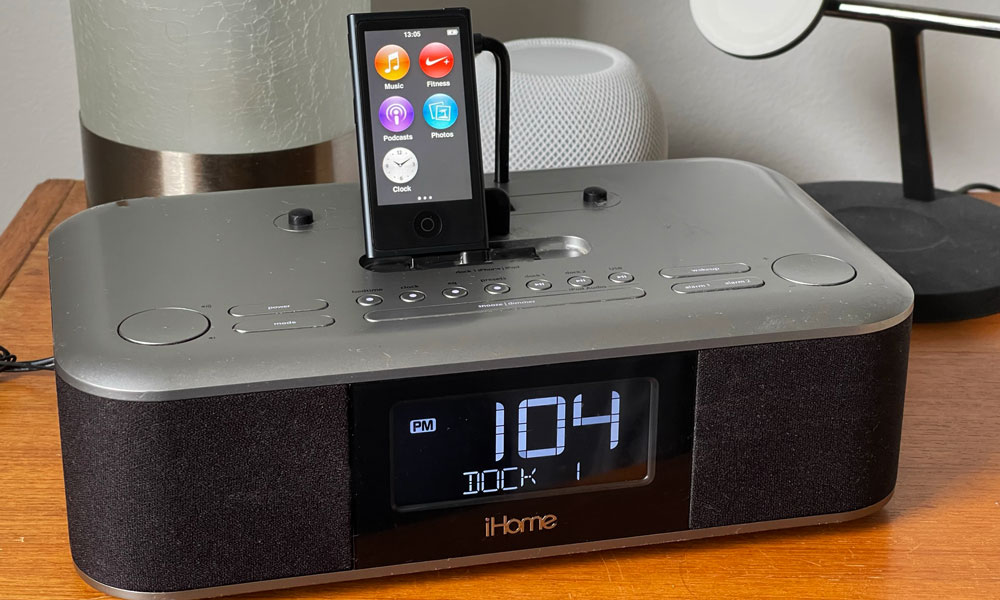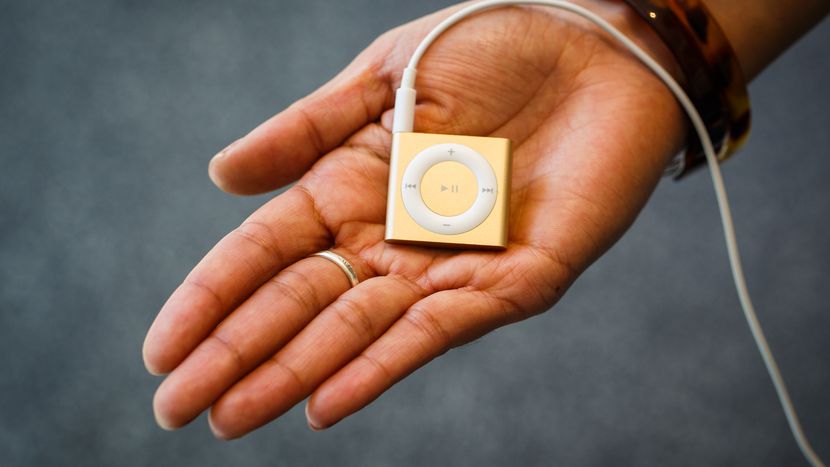End of an Era: Apple’s Last Traditional iPods are Officially Obsolete
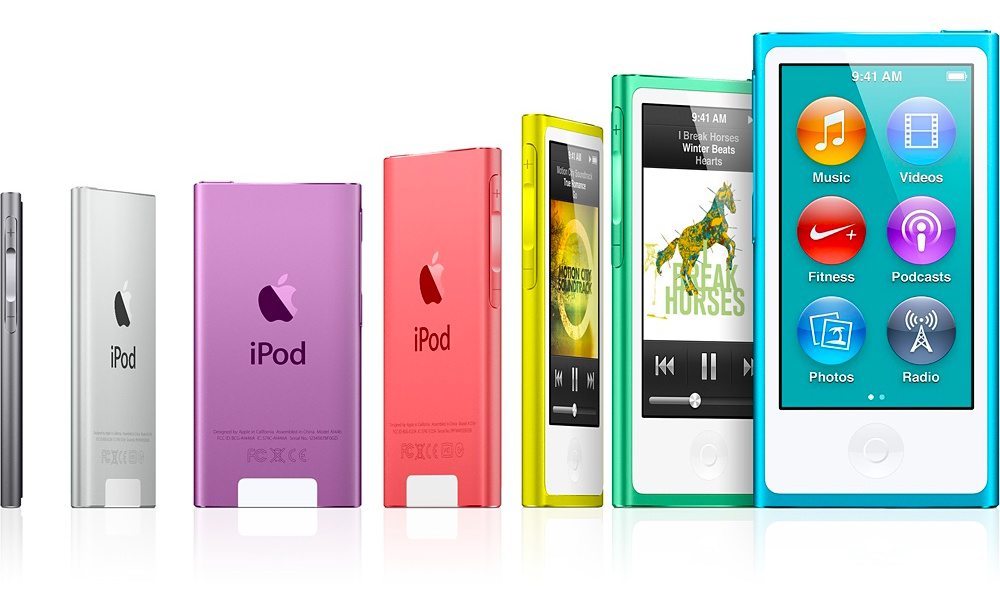 Credit: Apple
Credit: Apple
Toggle Dark Mode
Apple officially killed off the last iPod nano and iPod shuffle a little over seven years ago, but today closes the final chapter on Apple’s last two traditional iPods as they’ve been officially added to the company’s Obsolete Products List.
If you’re still holding onto a seventh-generation iPod nano, you’d better hope it keeps working, as getting any official service or parts for it will no longer be possible. Ditto for the last iPod shuffle.
The move may not be surprising, but it’s still a sad day for those nostalgic for Apple’s diminutive dedicated music players. The seventh-generation iPod nano was initially released in 2012. It was the only traditional iPod to feature Apple’s Lightning port, likely because it was the last one Apple ever made. By that time, the company had effectively moved on to the iPod touch, a device that was essentially an iPhone without the phone.
This last iPod nano was an unusual device, adopting a very iPhone-esque design, complete with a home button on the front and a set of icons that looked very much like iOS. That resemblance was only skin deep, though, as the iPod nano still ran the same proprietary firmware as part models, and even the Lightning port was extremely limited compared to Apple’s iOS-powered iPhone and iPod touch. Still, it sparked more than a bit of speculation that Apple was working on an “iPhone nano.”
The iPod nano family always felt like a playground for Apple’s designers, and unlike the rest of its iPod lineups, no two generations ever looked nearly the same. Over seven generations from 2005 to 2012, the iPod nano saw more design changes than the iPhone has in the 17 years since it debuted.
The original 2005 iPod nano closely mirrored the design of its full-sized fifth-generation iPod counterpart, with the same glossy white and black plastic fronting a shiny metallic back. However, Apple went in a new direction in 2006 with a second-generation model that felt more like a throwback to Apple’s iPod mini—the smaller hard drive-based iPod that was the iPod nano’s spiritual predecessor.
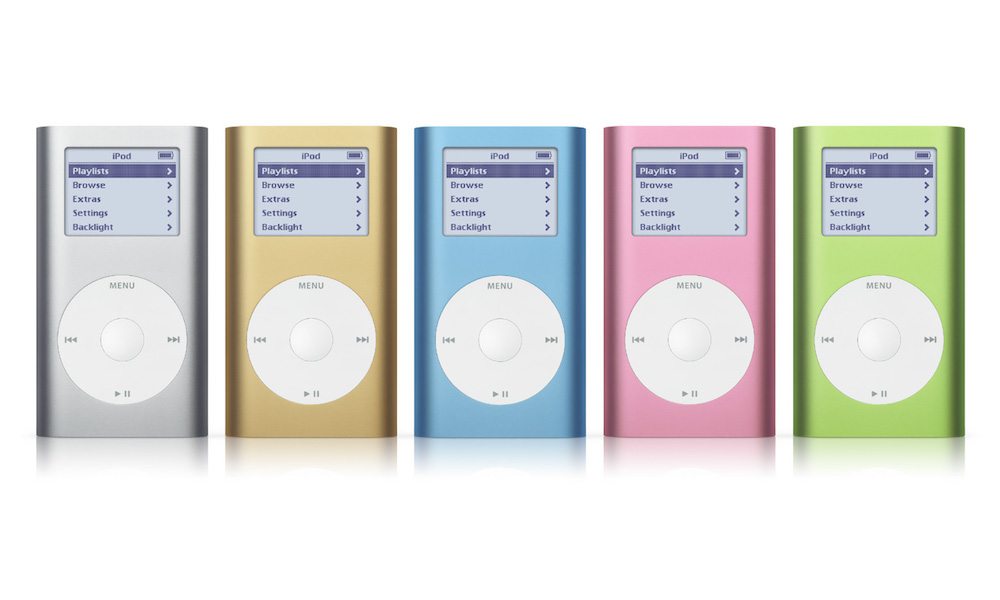
In 2007, Apple changed things up again with the third-generation “fat” iPod nano , which went back to mirroring the classic iPod design, which also gained an aluminum front that year alongside a rebranding to iPod classic to set it apart from the fledgling first-generation iPod touch that arrived that same year. However, the iPod nano continued to be the “fun” device alongside the more serious-minded iPod classic, with pink, blue, green, and (PRODUCT)RED colors livening things up against the silver and black of its big brother.
This third-generation iPod nano design proved unpopular, so Apple returned to the thinner design in 2008, adding an accelerometer for a whimsical “shake to shuffle” feature and even putting a camera into the fifth-generation model in 2009—oddly limited to capturing video and not still photos.
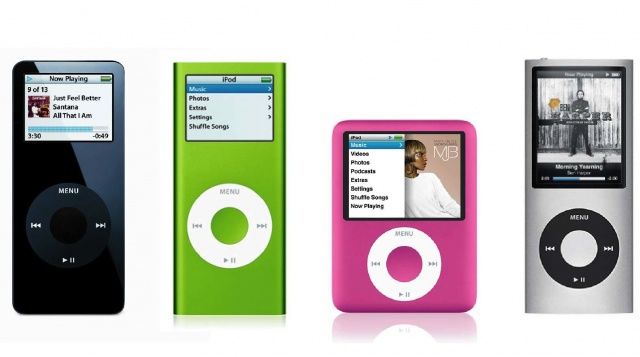
That was already a roller coaster of design changes. However, Apple’s design team left the rails entirely with the sixth-generation iPod nano, which adopted a touchscreen for the first time, lost the click wheel (and erstwhile camera), and even removed support for video playback. Two steps forward, two steps back.
That iPod nano may have inspired the Apple Watch, but it certainly inspired some folks to use it as if it were one — case makers had a field day with wristbands, arm bands, and even necklaces to hold the tiny media player.
Then came the seventh-generation iPod nano. It would become the last of the iPod nano family and its longest-surviving member. In addition to the aforementioned Lightning port, the 2012 iPod nano was also the only traditional iPod with any wireless capabilities; in this case, that was a Bluetooth radio for connecting wireless headphones. There’s never been a non-iOS iPod with Wi-Fi.
The seventh-generation iPod nano got a color refresh in 2015 — the year after the last 2009 iPod classic was finally discontinued — but it was the same 2012 model in every other way.
While the iPod shuffle had a far less storied history, it’s also survived longer than any other iPod, considering the fourth-generation model was released in 2010 and discontinued in 2007. It got new colors in 2012 and 2015, but the hardware remained unchanged.
There’s an argument to be made that the iPod classic also had a seven-year run since the 2008 and 2009 releases were minor refreshes. However, those models were more than mere color changes, as they had updated hard drive capacities and added firmware improvements that didn’t trickle down to earlier models, suggesting other internal changes were made.
As of today, the only iPods that haven’t yet hit Apple’s obsolete list are the sixth- and seventh-generation iPod touch. The sixth-generation model is already on the vintage list since it was discontinued when its successor was released in 2019; however, the seventh-generation iPod touch will remain off these lists for another three years since it survived until 2022. However, we’ll pour another out in late 2029 when the final Apple device to bear the name “iPod” officially becomes obsolete.


